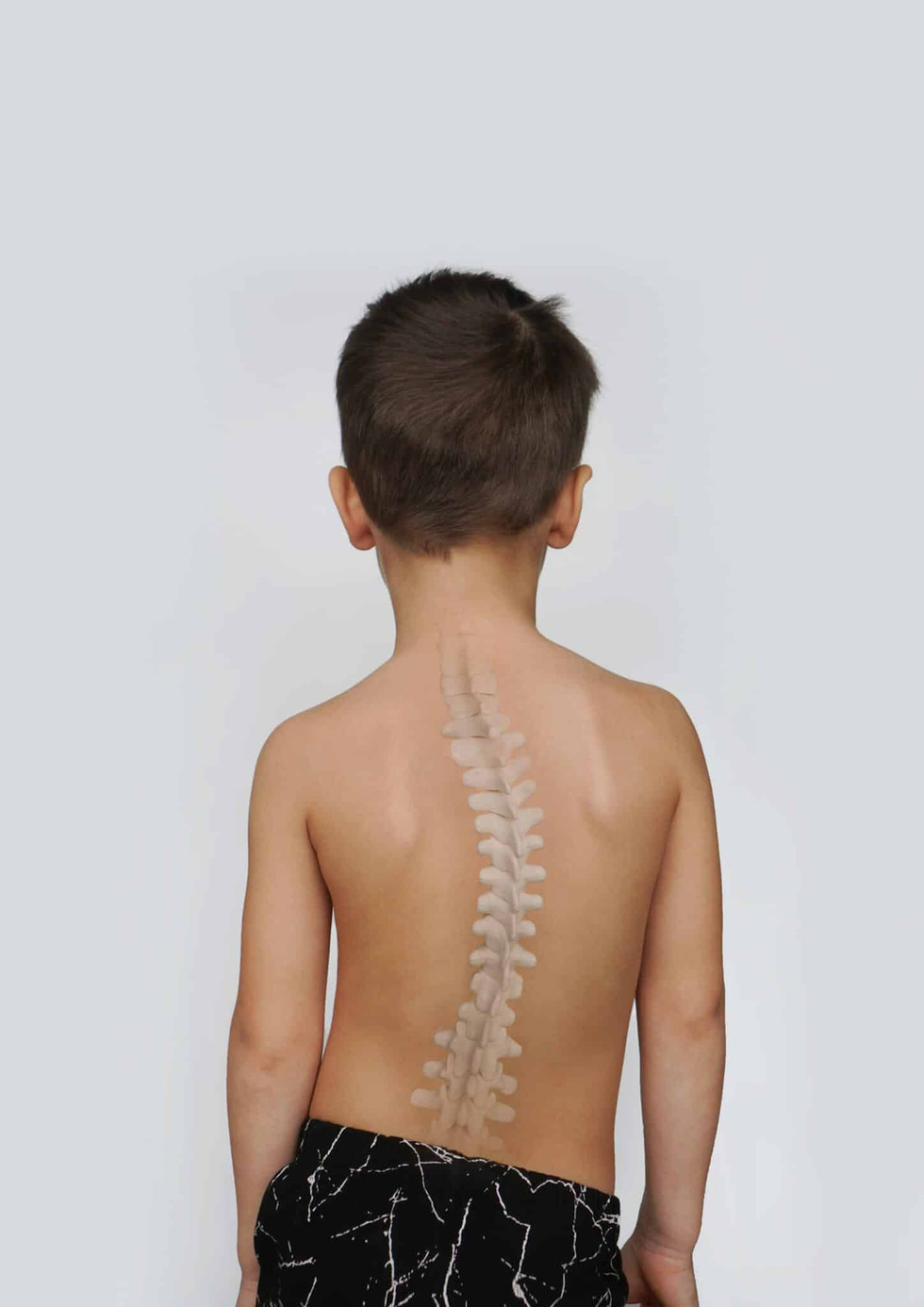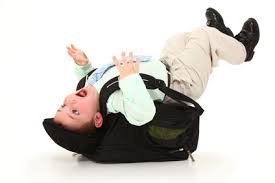Is Your Child’s Backpack Breaking Their Future? The Shocking Link Between School Bags, Spinal Damage & Lifelong Disease"
- Dr Rakesh VG
- Jul 17
- 5 min read
Updated: Jul 18
By Dr Rakesh Ayureshmi, Ayureshmi Ayurveda Wellness Centre, Kollam, Kerala, India
Did you know that children carrying more than 10% of their body weight in school bags are at serious risk of spinal misalignment and permanent nerve damage? This isn't just a matter of back pain—chronic diseases, poor immunity, and even emotional distress can all stem from what seems like a harmless backpack. In an era of rising childhood disorders, ignoring this silent epidemic could cost our children their health, mobility, and confidence for life.
The Hidden Burden: More Than Just a Heavy Bag
According to a World Health Organization (WHO) advisory, students should carry no more than 10%–15% of their body weight in their backpacks. However, most children—especially in India and other developing nations—routinely carry 20%–30%, thanks to academic pressure, lack of digital infrastructure, and poor school locker systems.
In a 2020 study published in the Journal of Clinical Orthopaedics, 68% of children between the ages of 7 and 15 reported back or neck pain, with 43% showing signs of spinal deviation.
What appears as a temporary ache today may be the seed of spinal subluxation—a dangerous, often undiagnosed shift in vertebral alignment that compresses nerves and disrupts vital physiological functions.
Spinal Subluxation: What Is It and Why Should Parents Care?
In both Ayurvedic marma therapy and modern chiropractic care, the concept of spinal health is central to overall wellbeing.
A subluxation is defined in chiropractic science as a partial dislocation or misalignment of vertebrae that impairs nervous system function. Ayurveda views this similarly through the lens of vata vitiation and marma point blockage—particularly along the urdhva jatrugata marma (upper spine region).
When a child’s posture is distorted day after day by a heavy, poorly balanced school bag:
Marma points become compressed, disrupting prana flow.
Vertebral misalignment causes nerve impingement, leading to pain, inflammation, and dysfunction in target organs.
The Apana vayu, responsible for elimination and reproduction, may become aggravated, resulting in long-term digestive, reproductive, or hormonal issues.
From Misalignment to Malady: Diseases That Follow
A misaligned spine in childhood is not just a biomechanical issue—it is a systemic threat
1 Musculoskeletal Disorders: Chronic back pain, cervical spondylitis, scoliosis, and early onset osteoarthritis.
2 Neurological Effects: Headaches, migraines, ADHD-like symptoms, poor memory, and poor concentration.
3 Immune Suppression: Spinal subluxations interfere with the autonomic nervous system, compromising thymus gland function and weakening immunity. A study in Pediatric Neurology (2018) found links between poor posture and recurring upper respiratory tract infections.
4 Psychological Distress: Persistent pain can lead to irritability, poor sleep, academic decline, and emotional detachment—a child carrying a literal burden becomes emotionally burdened too.
Metaphorically, it’s like bending a young sapling: if not corrected early, it grows into a twisted tree, structurally weak and prone to disease.
Marma, Chiropractic & Ayurveda: The Holistic Trio of Prevention and Cure
Rather than masking symptoms with painkillers or ignoring the early signs, we must integrate healing systems that restore spinal alignment and energetic flow.
Chiropractic Adjustment
Gentle, non-invasive spinal corrections help realign vertebrae, decompress nerves, and restore mobility. In pediatric chiropractic, light touch techniques are used with dramatic results.
Marma Therapy
Stimulating specific marma points along the spinal and sacral regions (such as kati, prsta, and griva marmas) improves circulation, relieves muscular tension, and clears energetic blockages.
Ayurvedic Internal Medicine
Herbal medicine for metabolic corrections and herbs which can reduce inflammation, strengthen dhatus (tissues), and calm aggravated vata will act perfectly and support musculoskeletal rejuvenation.
Together, this triad ensures structural correction, neurological healing, and systemic regeneration—an approach far beyond what modern orthopedics alone can offer.
What You Can Do Today to Protect Your Child’s Future
Check the Bag Weight Daily: It should not exceed 10% of your child’s weight.
Opt for Ergonomic Bags: Choose wide straps, padded backs, and even load distribution.
Encourage Movement: Children should not sit for more than 30 minutes without a stretch or walk.
Visit a Pediatric Spine Specialist: Early chiropractic or marma assessments can detect and correct subluxations.
Educate Your School: Campaign for digital assignments, shared book systems, and locker access.
Your child’s future does not belong in a heavy bag—it belongs in the freedom of a healthy spine and a vibrant body.
Conclusion: Raise Healthy Spines, Raise Healthy Minds
The weight of a school bag is not just physical—it is symbolic of how society is burdening our children with silent health hazards. Spinal health is foundational to neurological, psychological, and physiological wellbeing. By adopting the wisdom of Ayurveda, marma, and chiropractic together, we can intervene early, protect our children, and nurture a generation that stands tall—literally and metaphorically.
Don't let their potential get crushed under a heavy load. Act now. Straighten the spine. Straighten their future.
"Is your child’s school bag silently destroying their spine? Discover how spinal misalignments from heavy backpacks can lead to chronic diseases—and what Ayurveda, marma, and chiropractic can do to prevent it. Your child’s future starts with a straight spine.
A child's backpack should ideally not exceed 10-15% of their body weight to prevent potential health issues. Carrying a heavy backpack can lead to back pain, neck pain, and shoulder strain due to improper posture and the weight pulling the child backward. Furthermore, it can affect a child's gait and increase the risk of falls, especially on stairs or uneven surfaces.
Potential Health Problems Associated with Heavy Backpacks:
Back and Neck Pain:
Heavy backpacks can cause the child to lean forward to compensate for the weight, leading to muscle strain and pain in the back and neck.
Shoulder Strain:
Tight or narrow backpack straps can dig into the shoulders, causing discomfort and even numbness or tingling in the arms and hands.
Posture Issues:
Prolonged use of a heavy backpack can contribute to poor posture, potentially causing a forward head posture or spinal curvature.
Increased Risk of Falls:
The added weight and altered gait caused by a heavy backpack can make a child more prone to tripping and falling, especially in challenging environments.
Potential for Spinal Deformities:
While scoliosis is not typically caused by backpacks, carrying a heavy one can exacerbate pre-existing spinal conditions or contribute to spinal curvature if the child already has an underlying issue.
Tips for Parents:
Monitor Backpack Weight:
Ensure the backpack, including its contents, does not exceed 10-15% of the child's body weight.
Proper Backpack Fit:
Encourage children to wear the backpack correctly, with the straps adjusted so the pack sits close to their back and the weight is distributed evenly.
Encourage One-Shoulder Carrying:
Discourage children from carrying the backpack over just one shoulder, as this can lead to uneven weight distribution and muscle strain.
Utilize Rolling Backpacks:
If allowed by the school, consider using a rolling backpack to reduce the strain on the child's back and shoulders.
Organize and Lighten the Load:
Encourage children to pack only necessary items and to use lockers or other storage options to lighten their load.
Consult with Professionals:
If you have concerns about your child's posture or spinal health, consult with a pediatrician, chiropractor, or physical therapist for advice and guidance.






Comments